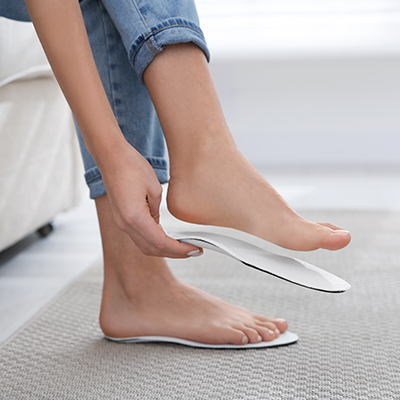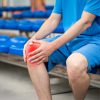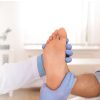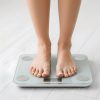Flatfoot: Implications and Treatment

Have you heard the word ‘Flatfoot’ in some of your conversations with parents or friends? As the name suggests – Flatfeet are a condition in which one or both feet have a shallow arch or none. When one stands, if the soles of the feet make contact with the floor, it is considered a flatfoot. Most people don’t have visible arches, but they become visible sometimes when the foot is lifted. What is flatfoot, and what are its associated problems and treatments?
It is essential to know that flat feet are standard for most people. Babies have flat feet at birth. Injuries, excess weight, arthritis, genetics, pregnancy, and natural ageing are some of the many medical issues that can lead to flat feet.
People with flat feet who experience discomfort or other symptoms can and should seek treatment. Some forms of flatfoot pains cannot be ignored. Leg cramps, stiffness or fatigue in the feet or legs from overused muscles, pain in the arches, ankles, or heels, pain when walking, ankle sprains, etc., are all possible symptoms.
It is essential to visit a doctor and address the pain if you are unaware of having flatfoot. A doctor can diagnose flat feet by observing how your arches look when you stand, sit, and walk. They might recommend an X-ray for further skeletal evaluation.
Here are a few Ways to take Additional Care of Flat Feet –
– Exercise: The best way to incorporate exercises into your day is to do them as you do your normal activities. Exercises such as heel raise, calf raises, toe raises, ankle stretching etc., can help to reduce the pain.
– Orthotics: An orthotic device can help alleviate some of the strain that flat feet are under. Possible benefits include better foot function and alignment and reduced leg fatigue.
– Physical Therapy: Physiotherapy is recommended if flat feet are the consequence of muscle damage or improper form or technique.
Choice of Footwear for Flat Feet –
– Arch Support: Find shoes with extra support for your arches. Elevated arch support helps relieve the stress of the foot.
– Sole: If you have flat feet, it’s essential to wear shoes with a robust sole—select shoes with a supportive insole that is both firm and cushioned.
-Heel Support: Flat feet require shoes with good heel support, so avoid wearing sandals or flip flops without a heel strap. You should wear shoes that encase your heel if you have flat feet.
– Laces or Velcro straps: Laces or Velcro straps allow you to adjust the shoe’s fit around your foot. The laces may be tightened or loosened to provide constant support.
– Custom Orthotics: If you have trouble finding shoes that provide adequate shock absorption for your feet, you may benefit from having custom orthotic inserts made.
Have flat feet or not, always be aware of your posture and make simple alterations to your posture and pace for better body alignment. Seek expert medical advice as and when required.





Leave a Reply